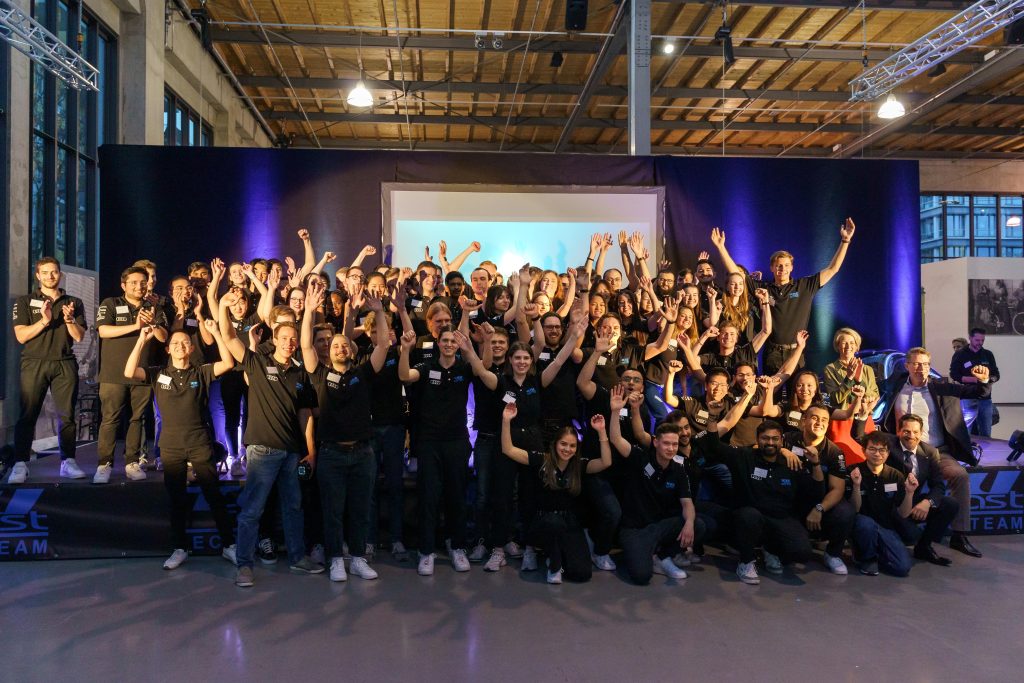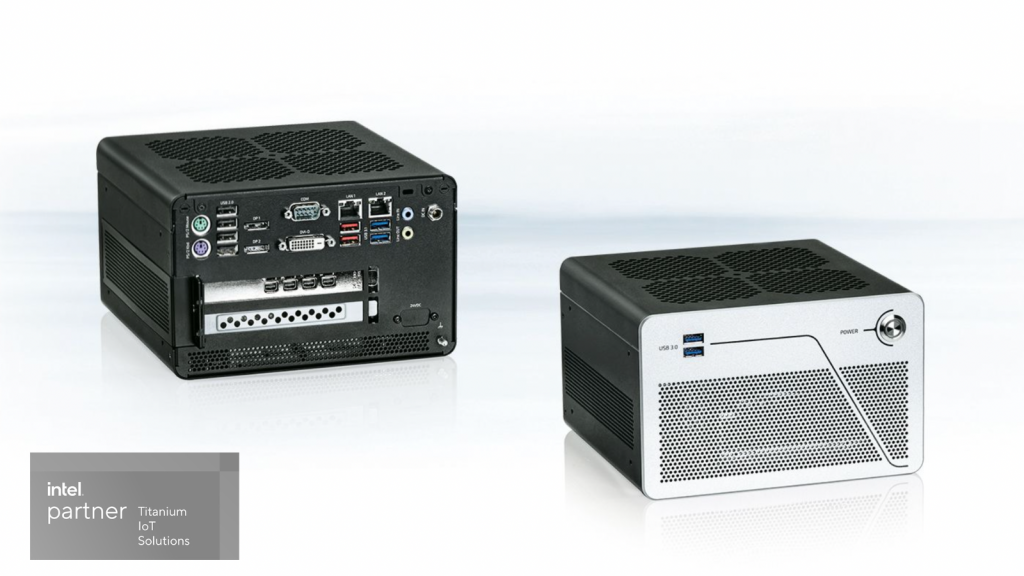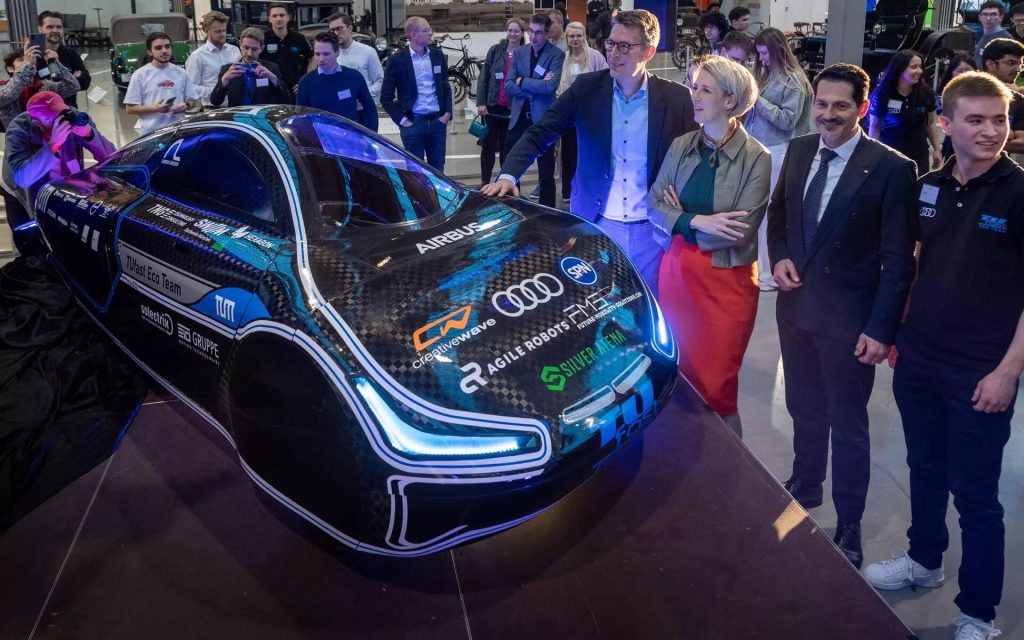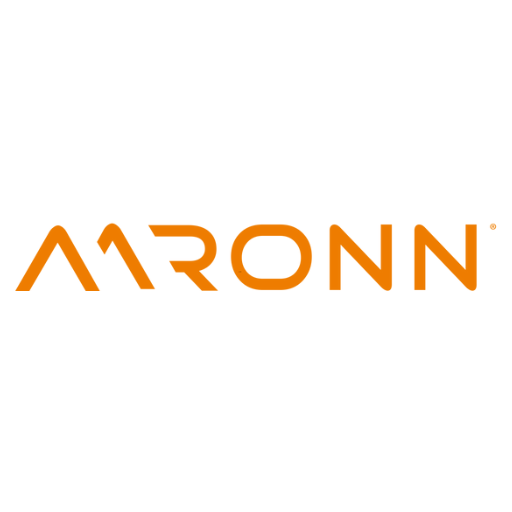What is tested in university team competitions today may become everyday reality in the near future. The TUfast Eco team from the Technical University of Munich(TUM) is focusing on efficiency in the Shell Eco Marathon and uses a box PC from Kontron and Aaronn Electronic as the control center for their vehicle.
European politics has made a clear decision, and most automobile manufacturers are already on the path: electromobility is the future. However, it is not just about replacing the powertrain. Most market players see this transformation as an opportunity to rethink and test new mobility concepts. The questions range from optimizing range and managing charging infrastructure to sharing models and intermodal mobility, and to semi-autonomous or even predominantly autonomous vehicles.
Initial pilot projects with assisted platooning of trucks or cars that can be called to the user via app for car-sharing services are already running successfully in Germany. However, to ensure the long-term viability of Germany as a technology location, it is important to explore the new possibilities that arise in the automotive industry while studying. In addition to mandatory university courses, competitions like the Shell Eco Marathon provide an ideal platform for students from various disciplines to contribute, expand and exchange their know-how.
Since 2015, the TUfast Eco team from the Technical University of Munich has been successful in these competitions several times. From 2016 to 2019, they even held the world record in the “Most efficient electric vehicle” category. New vehicles are always being designed and built for the competition. In the current model for the Shell Eco Marathon 2023, the function of the box PC from Kontron’s KBox B series, which is based on the powerful Intel Core i7 processor, plays a prominent role. In the process, it is actively supported by Aaronn Electronic.
Efficiency, efficiency, and more efficiency

Making the future is teamwork: The TUfast Eco team celebrated the successful milestone of their work during the unveiling of the muc023. (Image: TUfast Eco Team)
The TUfast Eco team focuses on efficiency in their prototypes. The design for 2022, called “muc022,” weighed 74 kg and measured 3400 mm in length, 1200 mm in width, and 1000 mm in height. It achieved a maximum speed of 42 km/h and had a consumption rate of 271 km/kWh. The goal for 2023 is to further improve these already impressive values with the successor, “muc023.”
While no one will drive such a vehicle in regular traffic in the future, just as automobile manufacturers have incorporated technologies tested in Formula 1 into production vehicles, experiences gained from prototypes in student competitions can influence future developments in the automotive industry.
The further improvement of these prototypes depends significantly on the computer used. It not only handles the complete processing of information from numerous sensors – including cameras, lidar and radar data, and ultrasound signals – but also performs environment mapping and vehicle navigation. An additional real-time computer is used solely for motor control systems.
Therefore, a powerful processor with x86-64-bit technology and low power consumption was needed as the control center. The main objective was to achieve high multi-core performance while maintaining good single-core performance. Additionally, a direct current input, preferably with 24 or 12 volts, was required for vehicle use.
High performance in a small space
High efficiency is the top goal of the project, to which everything must subordinate. Therefore, the used box PC should be as small and light as possible. However, the above-mentioned points are indispensable for the correct functioning of the vehicle. “The focus of the requirements was on the processor and graphics performance, as every software component requires them. Our team motto is efficiency, which is ultimately what the competition is about. Therefore, we try to minimize power consumption as much as possible,” explains the TUfast Eco team. “Unfortunately, the lowest power consumption is of no use if the processor cannot execute the software. Aaronn has achieved a good compromise here with the ‘i9-9700E’.”
The selection of the Kontron “KBox B-202-CFL,” supported by the system integrator, also proved to be an excellent option (Image 1). “The ability to install two PCIe expansion cards is very important to us. We need a PCIe frame grabber for our software to read the camera data into the PC, as well as a graphics accelerator card to process the camera data quickly and efficiently,” reports the student team.
Short distances and fast delivery
Given the difficulties faced in 2022 due to global supply chain problems, it was not easy for TUfast Eco to procure the required components. This is also where the collaboration with Aaronn Electronic paid off. “Since Aaronn is located in Germany, we benefited from short delivery times. This allowed us to start using the computer just a few days after the final configuration, which is an important aspect. The timeframe is tight, and the start of the race is set long in advance. Any delay shortens the time available to the team for optimizing the software.”
In the past, the team mainly collaborated directly with manufacturers. As a student team with a limited budget, they rely on support and sponsorship, which they regularly receive as successful participants in competitions. The collaboration with the system integrator also brought important insights in this regard.
“It was definitely a new experience to see how smoothly the company finds components for a suitable overall system that meet all requirements. Usually, we do a lot ourselves. But it’s always difficult to find the right parts that produce good results. The collaboration with Aaronn made it much easier. For example, the system integrator adapts the box PC to accommodate a sufficiently powerful graphics card (Nvidia T1000) on a single PCI slot.”
So the team can focus more on developing and improving their vehicle. “After this experience, we will definitely consider system integrators like Aaronn Electronic in the future because we now have a much clearer understanding of what they can achieve,” explains the team. The local proximity – the company is located in the greater Munich area – was also positive for the students. “It is always a great honor for us to collaborate with companies from the region. Additionally, this simplifies communication, transportation, and overall interactions, making collaboration enjoyable.”
Ultimately, everything depends on the personal point of contact that the team has at Aaronn. This aspect has also convinced student development teams from other German states: In 2019, Aaronn collaborated with and supported the Ecurie Aix team from RWTH Aachen, which participates in Formula Student. Short distances are therefore possible even over greater distances – if personal contact persons feel responsible for the joint project.
The control center: the KBox B-202-CFL is based on Intel technology

The compact form factor, high performance efficiency, and expandability with two PCIe cards were decisive factors in choosing the Kontron “KBox B-202-CFL” as the centerpiece for the “muc023”. (Image: Kontron)
Anyone involved in autonomous driving quickly realizes why drivers should always be focused and rested: the brain must process a large amount of information in rapid succession and constantly make important decisions. To replicate or even improve this process with software on a computer, a significant amount of computing power is required.
After all, processing all signals in real-time is crucial because milliseconds can make a difference in steering and braking maneuvers. Therefore, besides the required compact design for efficiency, high performance with low power consumption was a decisive criterion in selecting the hardware.
At the heart of the requirements is the Kontron KBox B-202-CFL, which plays a key role thanks to the outstanding Intel CPUs. The box PC is based on a Mini-ITX form factor motherboard (170 mm x 170 mm) with a CPU of up to eight processor cores. TUfast Eco, in consultation with Aaronn, opted for an Intel Core i7-9700E. Various Intel Core processors (i3/i5/i7) from the eighth and ninth generations are generally possible. The processor supports up to 32 GB of non-ECC RAM (DDR4-2666 MHz, 2x SODIMM). In addition to its high performance, the KBox B-202-CFL was chosen for its good expandability. The two possible PCIe cards (x8 or x16) are used for the frame grabber and the graphics card (Nvidia T1000), which was also selected in consultation with Aaronn.
Supporting innovation
“We were very excited about TUfast Eco’s interest,” says Yanping Zou, Marketing Manager at Aaronn Electronic. “We have already supported a student team in building an autonomous race car once before. It’s a different experience from the projects we are familiar with in our daily work with the industry. Batch size 1 is not just batch size 1 here but it means batch size 1 with many special requirements.”
With its experienced team, the system integrator from Puchheim has been active in the market for 30 years and has close relationships with leading manufacturers. The company has a good insight into market developments and the strengths of individual technologies and product ranges. This allows them to select the best option for the customer. With their own solution architects, any adjustments that may be necessary, as with the “muc023” for the power supply, can be made quickly.
Starting signal has been given

During the unveiling of the “muc023” at the Traffic Center of the Deutsches Museum in Munich at the end of April, Markus Blume, Minister of State for Science and Art of the Free State of Bavaria, Katrin Habenschaden, Deputy Mayor of the City of Munich, and Prof. Dr. Thomas F. Hofmann, President of TU Munich, learned about the vision of future efficiency in the automotive industry. (Image: TUfast Eco Team)
In late April 2023, the new vehicle was ceremoniously presented to the public. The Traffic Center of the Deutsches Museum in Munich provided the fitting setting, where the vision of future efficiency in the automotive industry could be presented appropriately against the backdrop of the mobility development showcased in the museum.
The significance of the project was also reflected in the presence of prominent visitors at the vehicle unveiling. In addition to Markus Blume, Minister of State for Science and Art of the Free State of Bavaria, Katrin Habenschaden, Deputy Mayor of the City of Munich, and Prof. Dr. Thomas F. Hofmann, President of TU Munich, were present on-site. With this support and the backing of sponsors, the TUfast Eco team can now enter the racing season strengthened and highly motivated.
